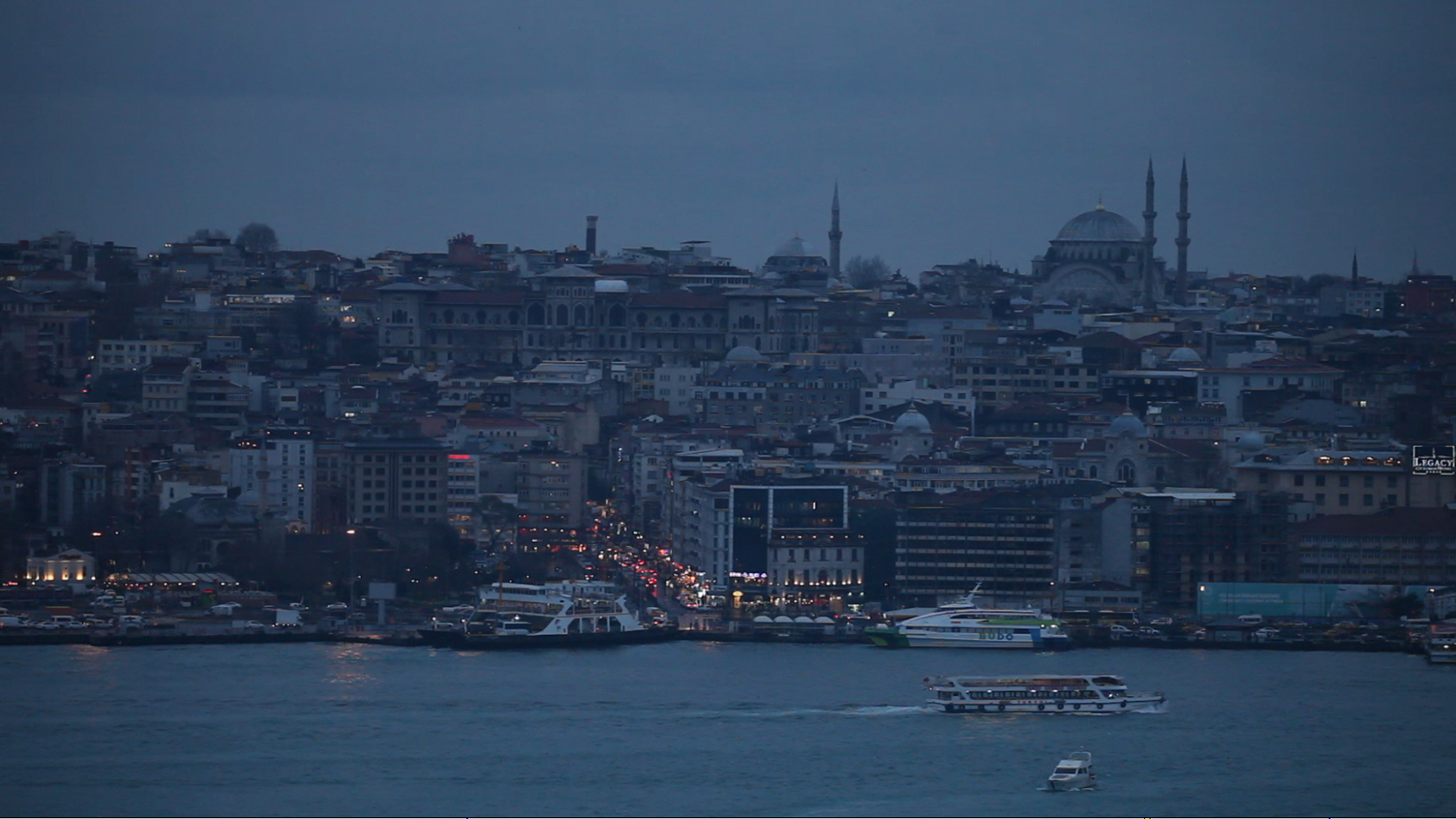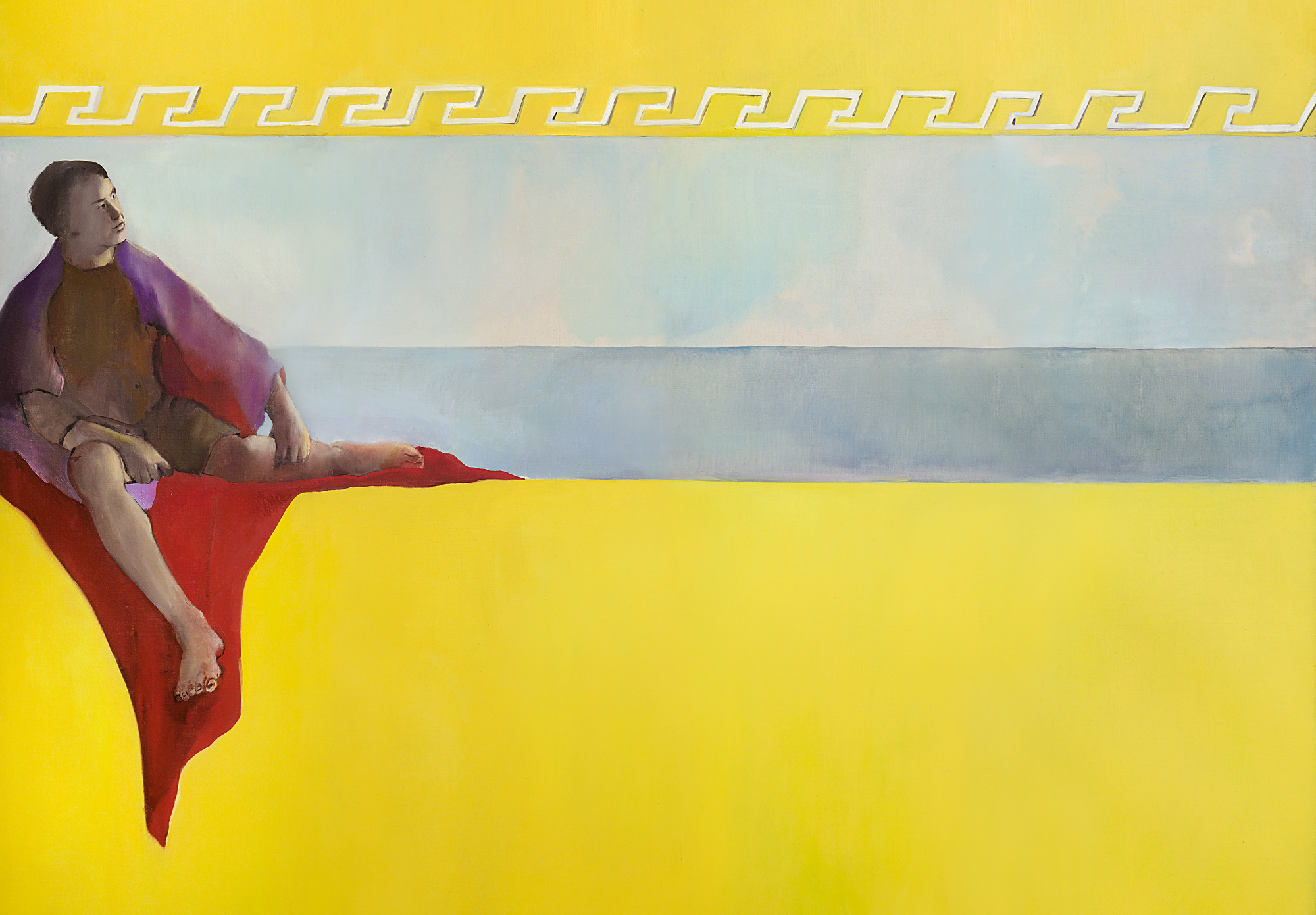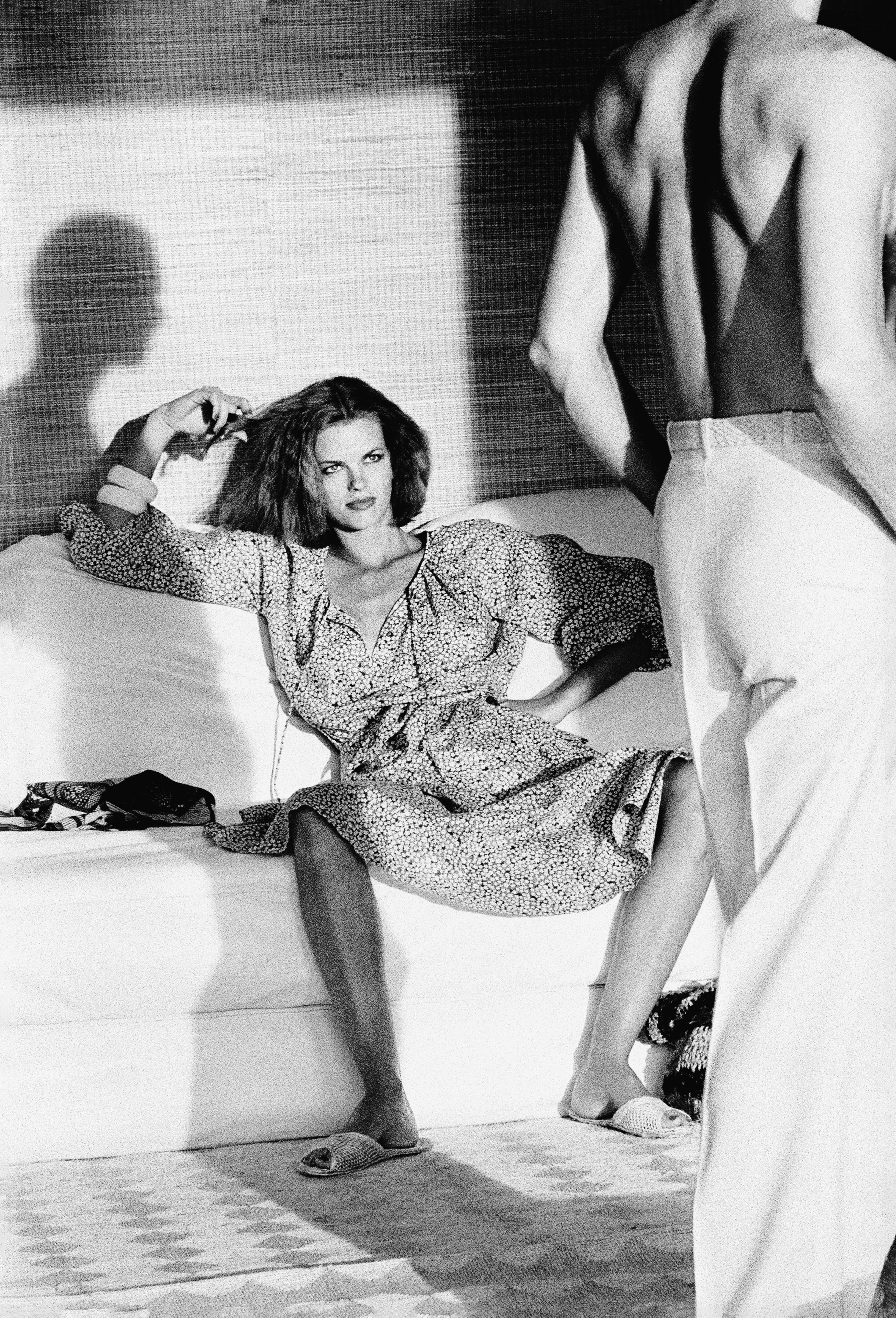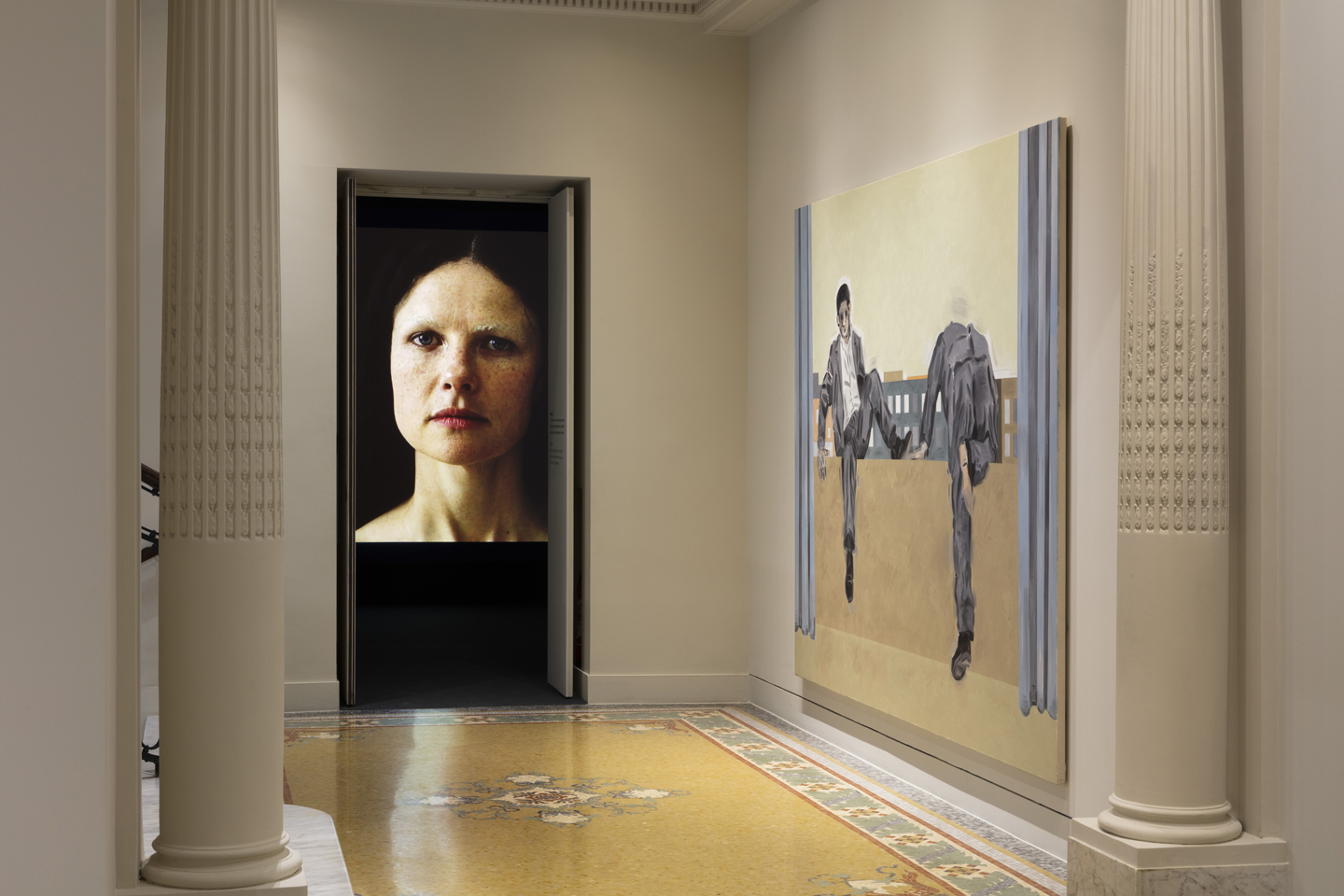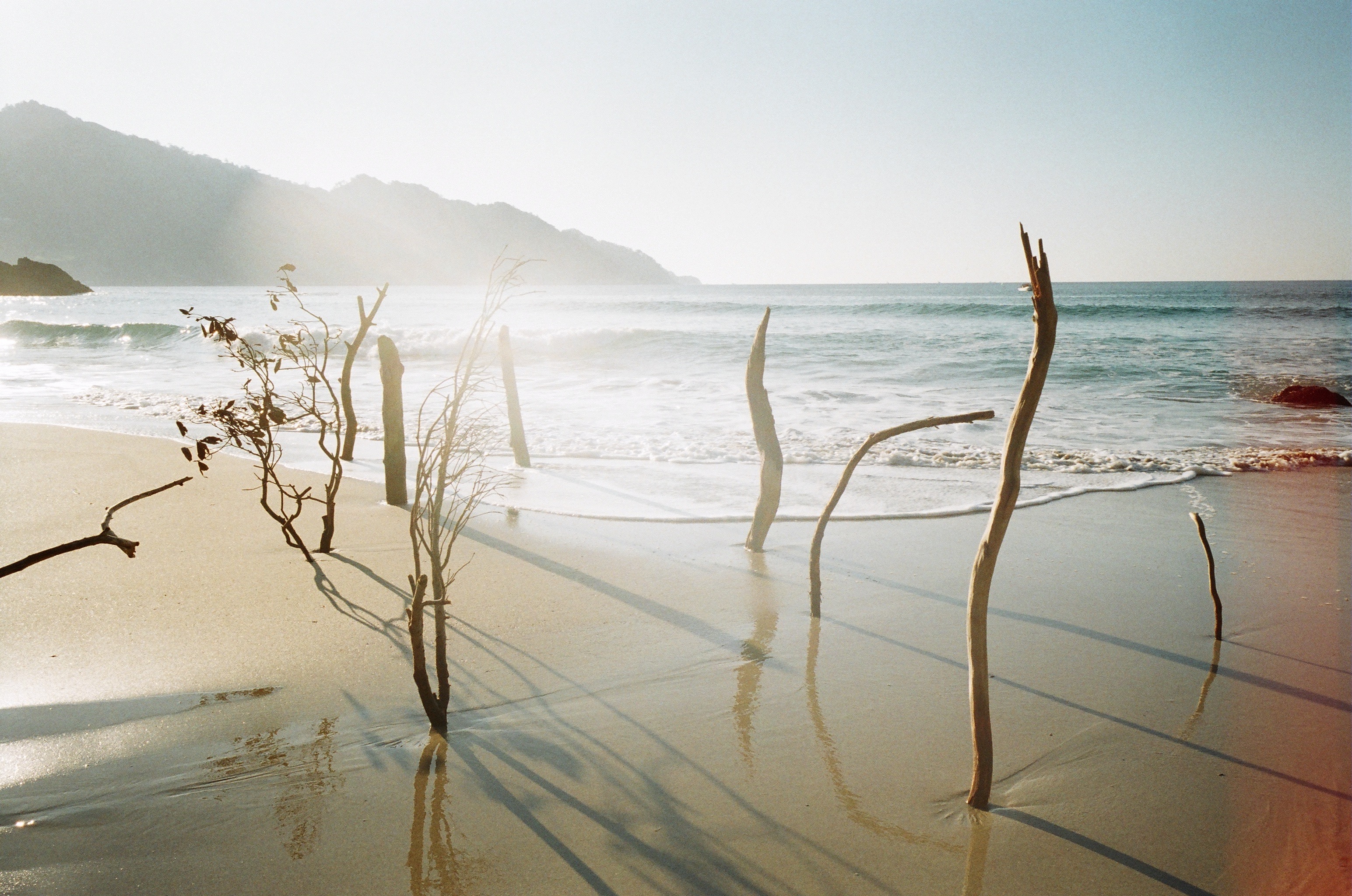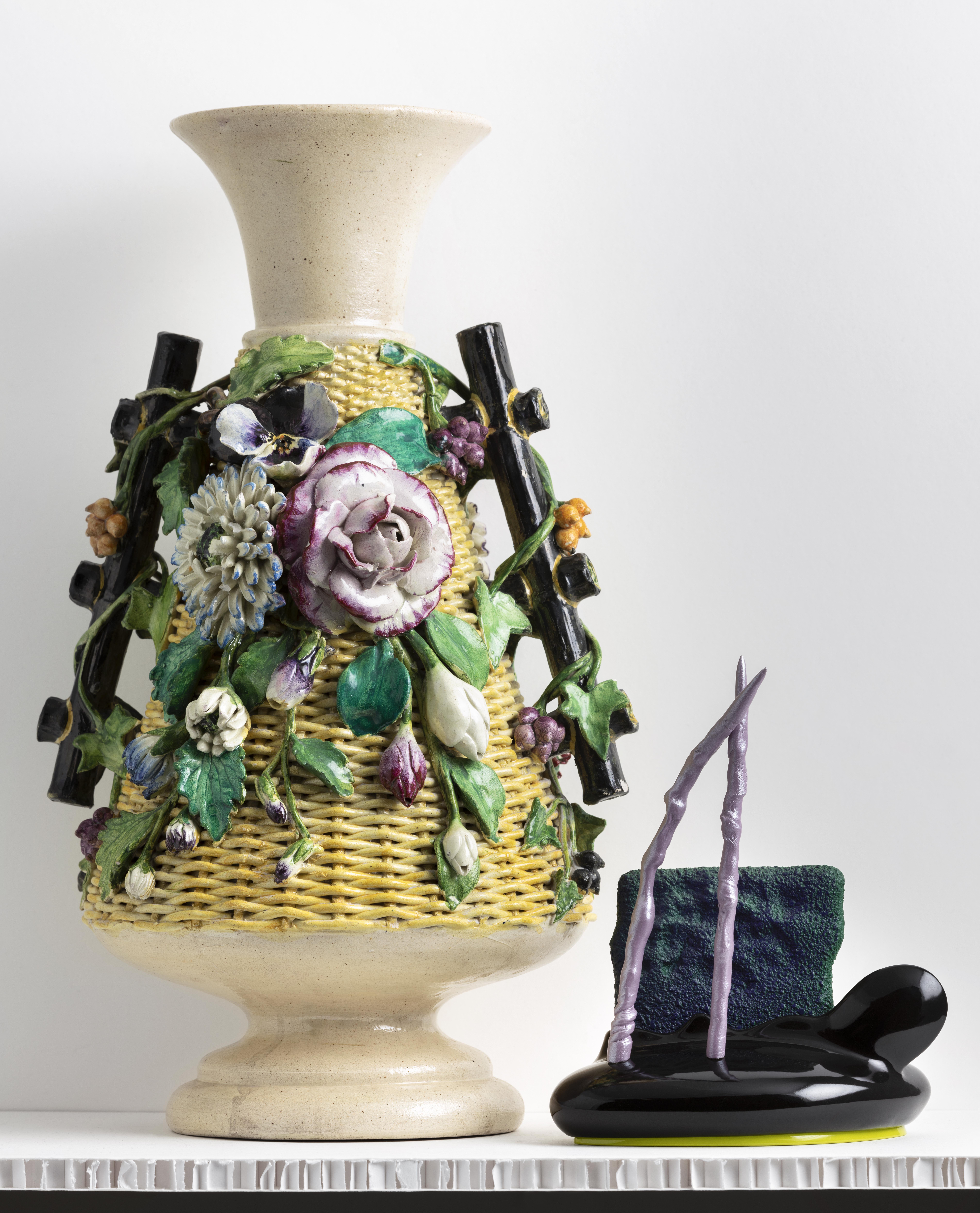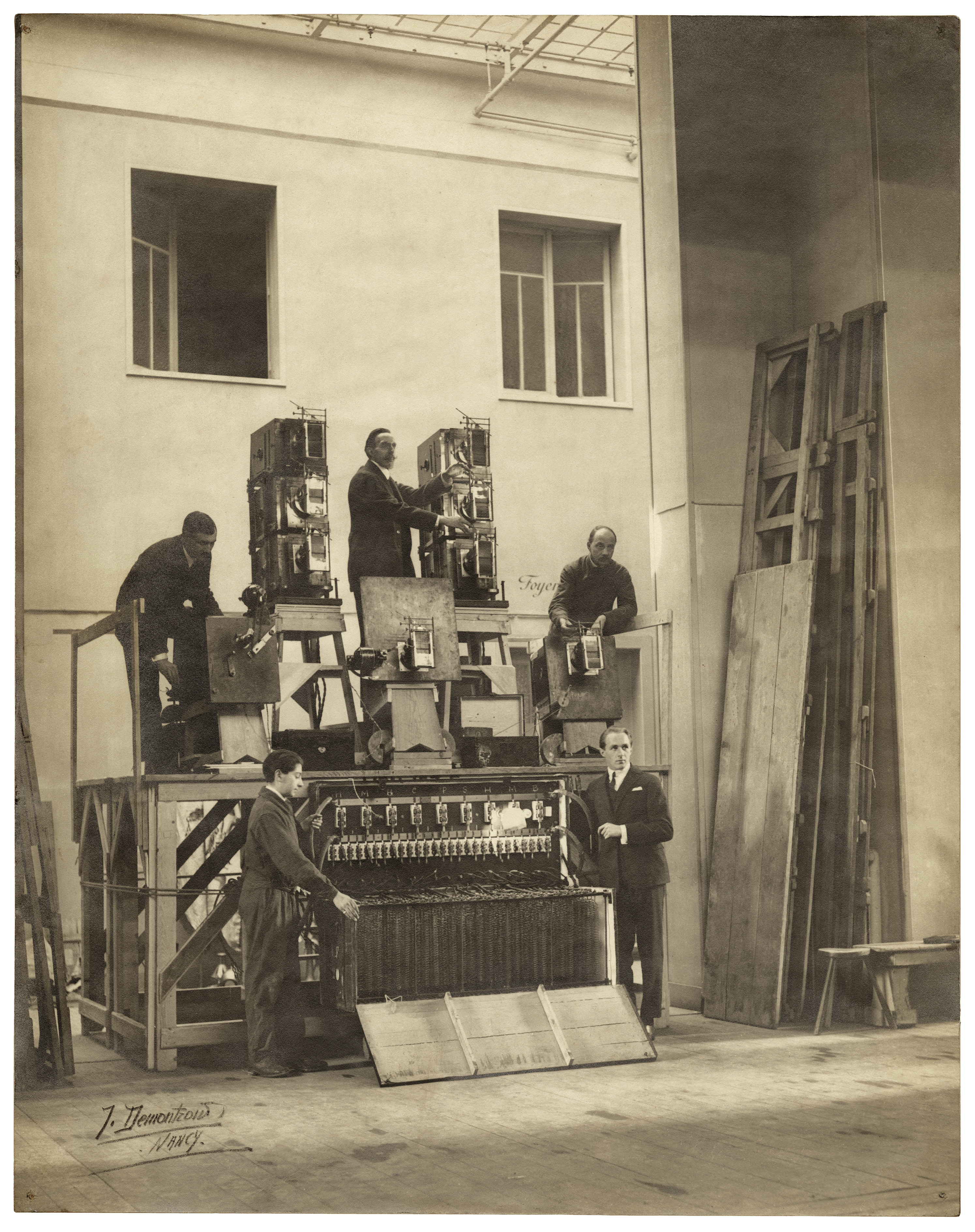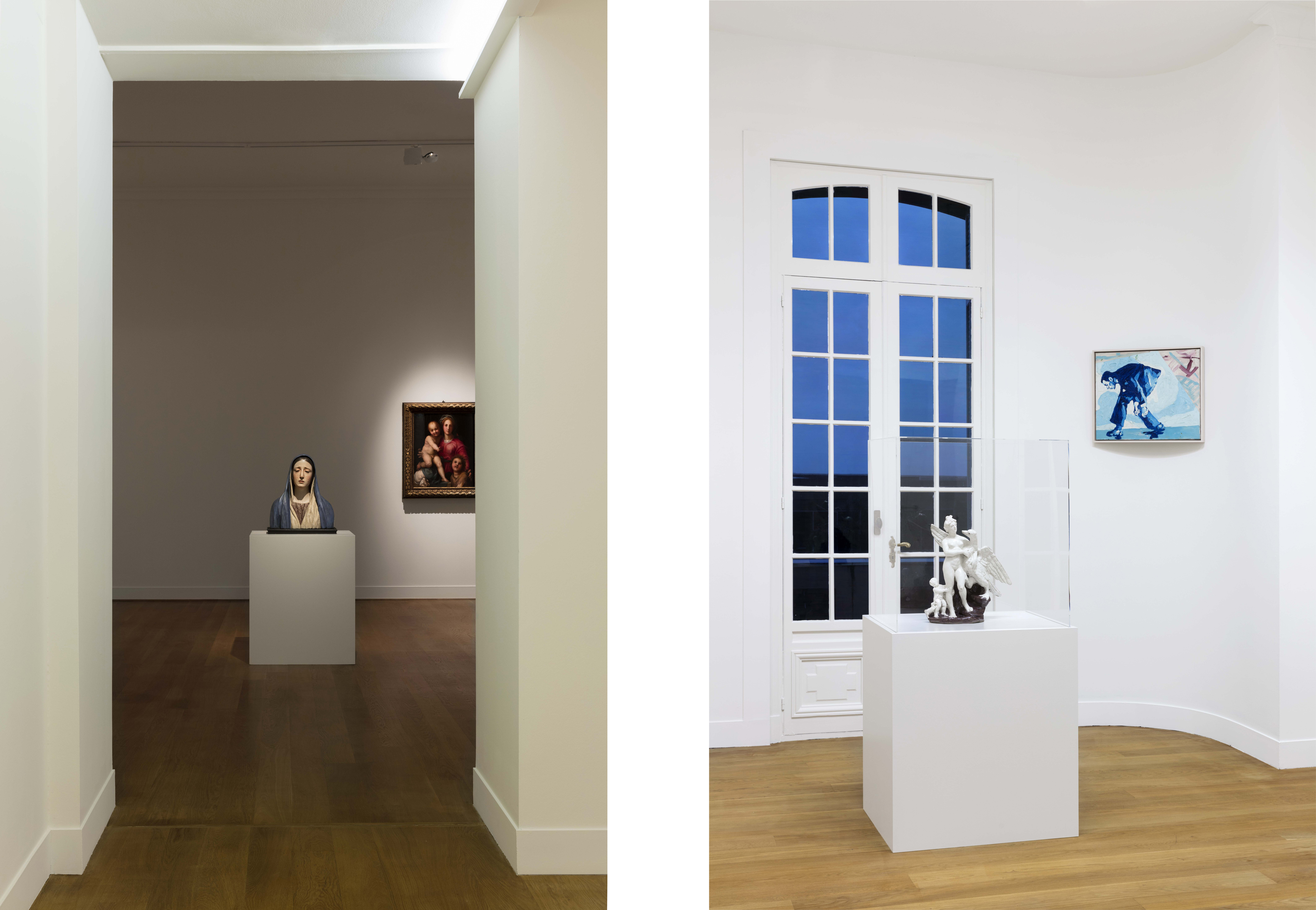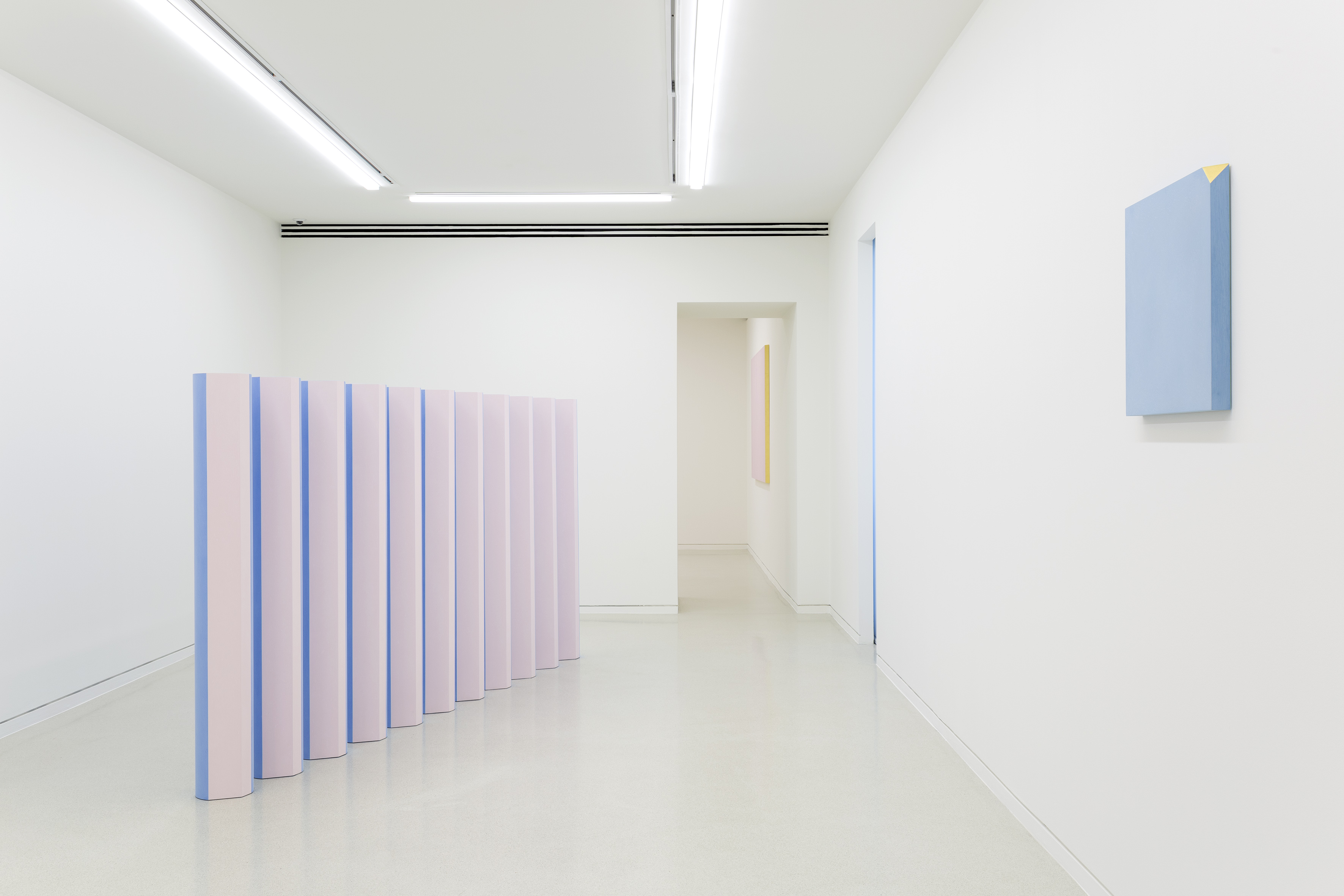March 17–June 11, 2017
17, avenue Princesse Grace
Monaco 98000
Monaco
Hours: Monday–Sunday 10am–6pm
T +377 98 98 20 95
presse@nmnm.mc
This exhibition presents a five-year-long research on the work of the Monegasque-Brazilian inventor and artist Hercule Florence (1804–79), introducing him for the first time to the European public. The show is curated by Linda Fregni Nagler and Cristiano Raimondi and is followed by a publication with international contributions.
The inventor of Zoophonia, a system for the musical notation of bird songs, and Polygraphia, a printing method based on the principles of photography, in 1833 Hercule Florence invented a photographic process in Brazil, independently from the contemporary research being carried out in Europe, and was the first to use the word "Photographie."
Florence’s drawings and manuscripts, as well as the first photographic exemplars of the history of the Americas, are put together for the first time in a single exhibition project. This presentation conveys the central theme of the exhibition: the revelation of Florence's line of thought and modus operandi through the constant exercise of copy, tracing and reproduction. The need to reproduce his own work in a mechanical way led Florence to invent different printing systems alternative to etching, one of them being precisely photography.
The aim of this exhibition is to return this famous character its proper place in the history of culture, especially that of photography, making a connection with the research of its peers, therefore offering an important step forward in the study of the origins of this technique.
Born in Nice in 1804, his family hailing from the Principality of Monaco, the young Florence emigrated to Brazil in 1823, and in 1824 he found himself taking part as a draughtsman in the Langsdorff expedition to the Mato Grosso, commissionned by Tsar Alexander I. The expedition, headed by Russian naturalist Georg Heinrich von Langsdorff, embarked from São Paulo to Pará, in the Amazon, and was to acquire epic proportions. Langsdorff covered 17,000 km in Brazil over the space of five years, collecting information about the fauna, the flora and the native tribes of the Amazon. The records collected were massive and, when the expedition ended, they were sent to the Academy of Sciences in St. Petersburg, but fell in oblivion for more than one century.
After the Langsdorff expedition, in 1830, Florence settles in the small town of São Carlos (today Campinas). Until his death in 1879, Florence produced a series of scientific manuscripts and biographical diaries in which he analyzed and detailed his research linked to the printing systems he invented, such as Polygraphy and Pulvography, as well as Photography, of which he is recognised as a pioneer today. Florence also dedicated himself to other inventions such as "Noria Hydrostatica” and the “Papier Inimitable," a water-marked sheet of paper the he wanted to introduce as unique currency in Brazil.
About 400 works are displayed in the show, most of them being Hercule Florence’s drawings and manuscripts coming mainly from Collection C. H. Florence - Leila and Silvia Florence (São Paulo). Other private and public institutions such as BNF (Paris), Museo Paulista (São Paulo), Instituto Hercule Florence (São Paulo), musée du quai Branly - Jacques Chirac (Paris), Musée Nicéphore Niépce (Chalon-sur-Saône), Accademia delle Scienze (Turin), Bibliothèque de Genève, or else the Science Museum (London) have been approached for the loan of significant works.
The exhibition insists on a disciplinary broadening, shedding light also on the scientific aspect of contemporary research, and offers a conception of art that makes it a systematic exploration of methodological and experimental research.
Along with the corpus of Florence’s drawings and manuscripts, international artists such as Lucia Koch, Jochen Lempert, Leticia Ramos and Daniel Steegmann Mangrané have been invited to produce works specifically for the exhibition.
A scientific publication, edited by Linda Fregni Nagler, will be released by Humboldt Books (Milan) as an essential part of the project.
The NMNM receives the support of the Government of the Principality of Monaco
Exhibition partner: Van Cleef & Arpels
Main partner: UBS (Monaco) SA

